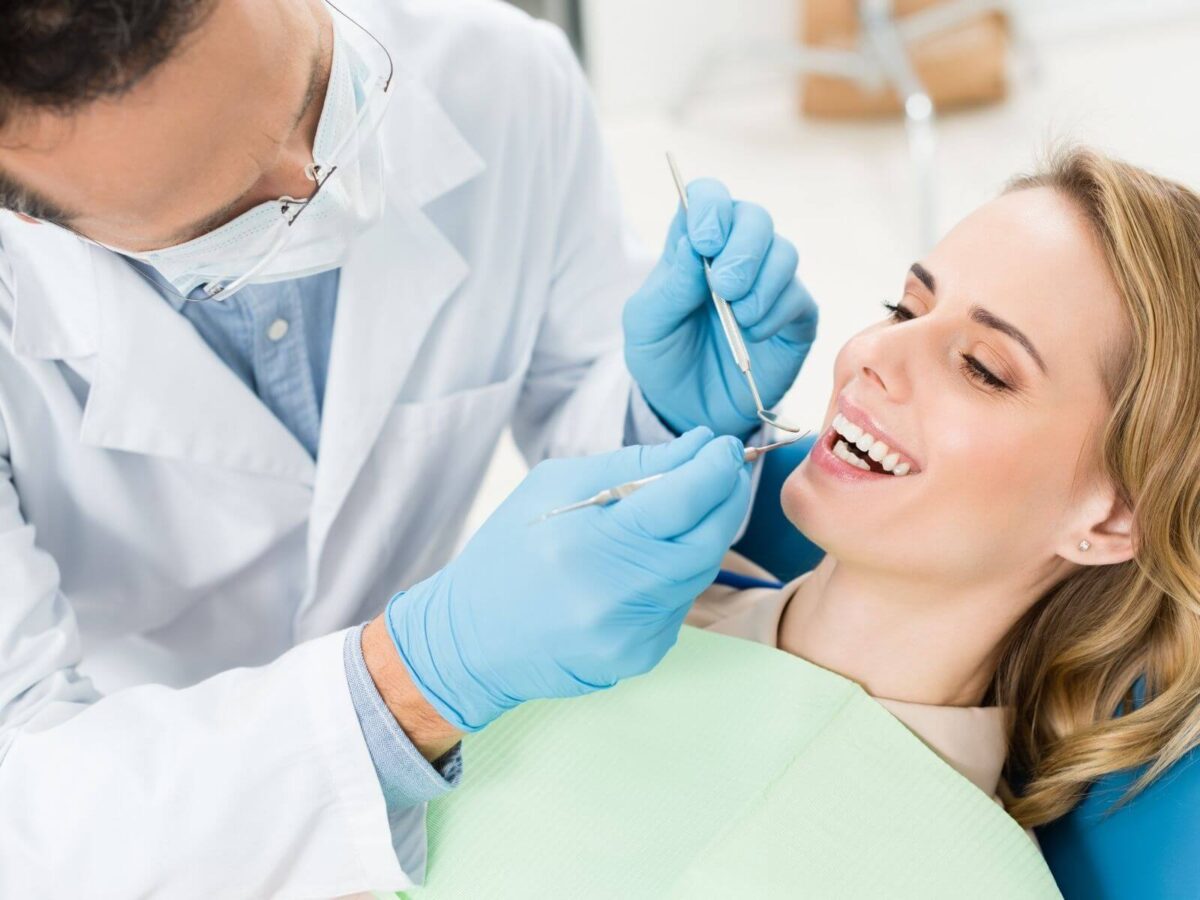Blog
Dental hygiene tips for healthy teeth & gums

Why Starting Orthodontic Treatment Early Can Save You Money
Every child must visit a dentist when their first baby teeth appear or before they turn 7. Children require someone to monitor their dental health because their growing age includes many sweets and chocolates.
Early orthodontic treatment adheres to a different set of rules than conventional procedures. In every human being, teeth develop unique patterns. This article educates parents who lack knowledge about early orthodontic treatment for their children.
What is Early Orthodontic treatment?
Early Orthodontic Treatment delivers ‘Interceptive Orthodontic treatment’ through orthodontic procedures, which children receive before they finish their primary teeth development.
Your child will either use braces alongside this procedure or receive additional orthodontic appliances that could include palatal expanders. The appliances improve the development of primary teeth as they help create better occlusion while positioning permanent teeth correctly as they grow.
Early orthodontic treatment includes two established phases.
Phase 1
The mixed dentition phase spans from age 6 to 9 years when this intervention occurs. Children lose their primary teeth naturally as permanent teeth grow during this phase.
This phase offers the most optimal time for orthodontists to detect abnormalities in tooth development and jaw advancement issues. Children with craniofacial differences, including cleft lip and palate, must receive help sooner rather than later.
The enhancement of jaws benefits most from orthodontic treatment. Permanent teeth need guidance to emerge correctly, and this treatment provides space for proper teeth positioning. The period extends between 9 to 12 months according to individual patient needs.
Some orthodontic therapies, including these, might be presented to them:
- Headgear
- Functional appliances
- Braces on selected teeth
- Retainers
- Space maintainers
- Expansion appliances
At this stage, your child will learn to stop their oral habit of thumb-sucking.
Dental experts will develop techniques to promote better tooth brushing and fix abnormal dental habits.
Phase 2
Your child’s teeth growth must be left to proceed naturally before beginning Phase 2. The development improvements from Phase 1 will lead to better permanent teeth growth.
The alignment correction of permanent teeth uses braces as the primary intervention during Phase 2. The duration of dental braces use depends heavily on the improvements made during Phase 1 because of proper development.
Phase 1 treatment combined with braces still leads to necessary tooth alignment through this period, although such treatment can minimize the need for future dental surgery to zero. Phase 1 controls your child’s new tooth development position to provide lasting advantages.
The proper placement of permanent teeth receives assistance from braces since these teeth will stay until adulthood; therefore, braces make them more likable.
Benefits of Early Orthodontic Treatment
Early orthodontic treatment dramatically benefits your child’s dental health and complete well-being. Implementing these treatments leads to permanent enhancements of both physical health and emotional self-assurance.
Improved Oral Health
Detecting dental problems at an early stage combined with treatment allows patients to obtain better oral health since straightened teeth facilitate more straightforward dental cleaning procedures.
When children receive early treatment, their jaws develop correctly, which prevents teeth from wearing down too much and stops jaw disorders from forming. Regularly monitoring your child’s oral health development happens during dental checkups so you can maintain it properly.
Enhanced Self-Confidence
Early orthodontic treatment leads to immediate better self-confidence because of its benefits.
A person with straight teeth typically sees improved self-esteem that produces better social interactions.
An attractive smile that emerges after positive body image achievement brings successful outcomes in the educational and romantic aspects of life. Children benefit from parental support and their confidence through encouragement throughout their dental treatment.
Prevention of Future Dental Issues
Early orthodontic intervention has the prevention of dental concerns as a primary objective since treating issues like crowding during childhood helps prevent lengthy procedures over time.
Early dental intervention resolves bite malpositions, so protruding teeth stay protected from possible injuries. Your commitment to child orthodontics today means your child will spend less on dental expenses since you will prevent advanced dental procedures in the future.
Orthodontic intervention saves money because it prevents costly treatments
Teeth treated for orthodontic issues during childhood typically need shorter treatment times and cost less money than starting treatment during adulthood. The treatment process stays shorter and more cost-effective because early-age initiation allows minor problem correction.
The appropriate treatment for misaligned teeth requires immediate attention because it protects your beautiful smile while stopping advanced dental problems from developing. Forthcoming from an orthodontic evaluation, patients receive individualized plans created to address their dental condition.
Orthodontic treatments through braces or clear aligners represent initial financial costs more economical than delaying treatment and handling advanced dental complications later. Going to the dentist early for evaluation and treatment will decrease your future dental expenses; therefore, don’t wait to take action.
Suitable Orthodontic Treatment Options for Children
The article examines the most suitable orthodontic treatments that remain popular among children.
1) Traditional Braces
Traditional braces prove to be a trusted therapy option for child patients. The teeth receive proper alignment through the combination of metal brackets along with wires. Traditional braces effectively treat severe misalignments, and children usually learn to wear them swiftly.
2) Clear Braces
The mechanism behind clear braces functions like traditional braces, yet employs brackets that remain clear or rinse like a tooth’s color. Many children prefer clear braces since they reduce their metal appliance visibility. Clear braces deliver traditional braces’ effectiveness yet enable patients to show only a minimal amount of orthodontic equipment.
3) Self-Ligating Braces
Self-ligating braces function through special clips instead of relying on rubber bands to secure the archwire. The mechanism decreases friction, which speeds up the process of tooth movement. The self-ligating braces system needs less adjustment time, thus making it suitable for families with busy schedules.
4) Invisalign
Invisalign provides an excellent teeth-straightening solution for children who have fully developed teeth. Since the aligners are removable, these invisible attributes enable children to retain oral hygiene practices and regular eating habits. The success of Invisalign treatment depends heavily on children being responsible enough to follow the treatment plan.
The current investment into orthodontic treatment costs less money and saves more time throughout a more extended period.
Conclusion
When children receive orthodontic evaluation and treatment at the start, problems are manageable, saving resources and time. Many complex dental issues become more costly to treat through extensive intervention after the fact.
Parents who take their children to the dentist in the early stages save money by avoiding such future treatment costs.
The advantages of starting orthodontic treatment early include directing jaw growth while improving oral hygiene and generating increased self-assurance. The various braces help prevent orthodontic problems in children when early intervention occurs. You should seek advice from a pediatric orthodontist to select the most appropriate treatment for keeping your child’s healthy teeth in place.


